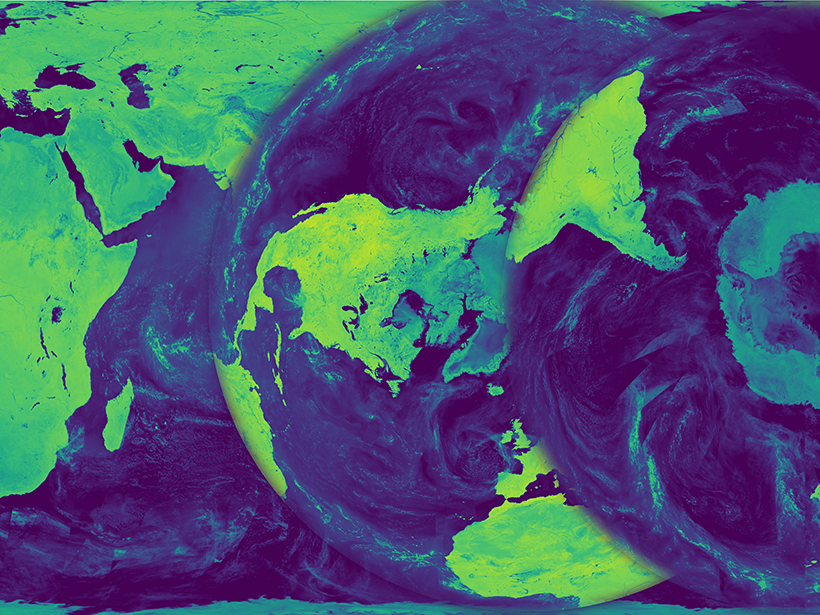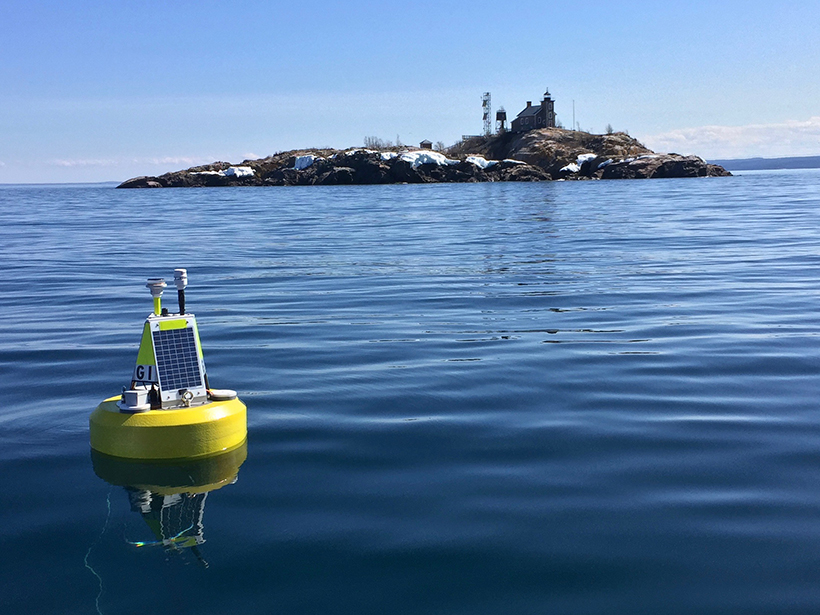Workshop on Phenology at Scales from Individual Plants to Satellite Pixels; Cambridge, Massachusetts, 21–23 June 2016
seasonal variability
Bringing Earth's Microwave Maps into Sharper Focus
New processing capabilities improve the spatial resolution of satellite microwave data, enabling scientists to analyze trends in coastal regions and marginal ice zones.
East of Japan, Upper Ocean Waves Follow a Seasonal Cycle
The seasonality of fine-scale, near-surface ocean dynamics raises important considerations for an upcoming satellite mission to measure global sea surface height.
Coastal Observations from a New Vantage Point
The NASA Geostationary Coastal and Air Pollution Events satellite mission plans to keep an eye on short-term processes that affect coastal communities and ecosystems.
Predicting a Great Lake's Response to a Warm Winter
The Superior Challenge Summit: Forecasting El Niño's Impact on the World's Largest Lake; Ann Arbor, Michigan, 17–19 May 2016
U.S. Winter Outlook Sees No Drought Relief
A weak La Niña is expected to further dry out southwestern and Gulf Coast states.
How Do Gullies Form on Mars?
New orbiter data support an important role for seasonal frost—not liquid water—in the formation of Martian gullies.
Going Against the Flow: Documenting Seasonal Current Reversal
Scientists discover the source of a coastal Korean current that reverses its flow in the summer.
Defining the Onset and End of the Indian Summer Monsoon
A new, objective definition of the onset of the summer monsoon could improve predictions of rainfall in India.
Improving the Identification of Extreme Precipitation Trends in the U.S.
By greatly reducing the associated uncertainty, a new model is better able to discern statistically significant trends, offering the potential to improve the seasonal forecasting of rare events.







